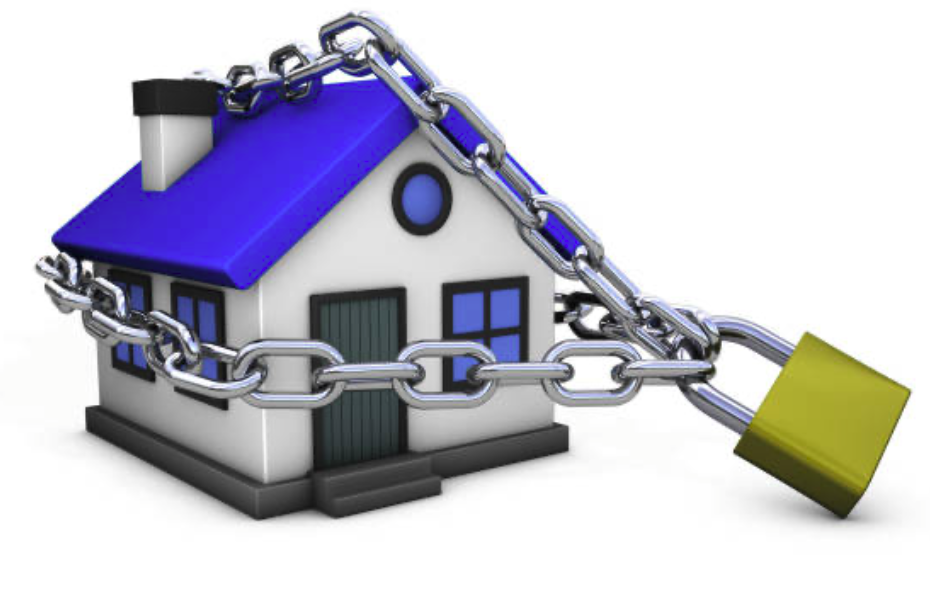 The UPside Of The LockDOWN
The UPside Of The LockDOWN
It started in January 2020 when a virus escaped in Wuhan, China and infected a U.S. traveler who brought it home to Washington State. By February the cases of COVID-19 began to multiply here and around the world, and in March, there was an outbreak on the Grand Princess cruise ship with 3500 people on board. The cabins were locked down, and miraculously the death count was low.
By April most countries had sealed their borders and we started to seal our homes. The rule was: Nobody in or out, except to buy food and necessities. Just two weeks, they said, stay at home to flatten the curve. But the lockdown was extended and extended. Businesses were closed, hourly workers didn’t get paid, and as the months wore on, companies that had been forced to shut down were going bankrupt at a rate not seen since the Great Depression.
What had seemed like a good idea, was not good in so many ways. Besides the economic disaster it caused, the lockdown increased mental health disorders and drug overdose deaths, set children back more than year in their studies, and pushed suicide to dramatic levels.
But, here’s the upside…
During lockdown youth crime decreased substantially. Damage to property decreased 23% and violent juvenile crime dropped by 24%. Apparently, when young people are at home under the care and auspices of parents or others in control, they don’t get in trouble as much. Studies say the drop in crime was caused because during lockdown young people could not attend parties, and generally did not go out with friends, drink alcohol, or use cannabis. (That part we probably could have figured out.) But it is a big deal because compared to juvenile crime statistics over the last three decades, these decreases were substantial.
And, the decreases occurred across the board for both gender and race. The 2020, youth crime stats show large reductions in the eighth through 12th grade, for both males and females, from each of the five largest racial/ethnic groups (American Indian/Alaska Native, Asian/Pacific Islander, Hispanic, non-Hispanic Black, non-Hispanic White). In some counties, violent juvenile crime went down as much as 39%.
Lockdown or no lockdown, parents who carefully set limits on their children’s ability to go wherever they want with whomever they wish, are not only helping them to focus on school work and connection with the family unit, they are also keeping them out of trouble. In the late 60s through the 80s the local T.V. stations would ask: Do you know where your children are? It was a a public service announcement, a reminder for parents to get their noses out of the T.V. and make sure their kids were safe and at home. The freedom we give our dependent children is a benefit earned by meeting parental expectations, living according to the rules of the household, and always being honest about where they are going and with whom they’ll be spending time.
We should not need lockdowns to do the parenting for us, yet the experience showed us that limiting social exposure can help our kids in ways we never expected. These studies prove that parents really can keep their teens from making decisions that can ruin their lives (or cost them their lives), and I bet we can do that without nailing the doors shut.
Nancy








